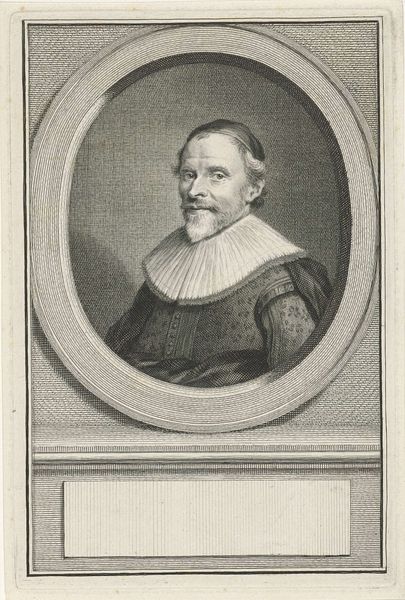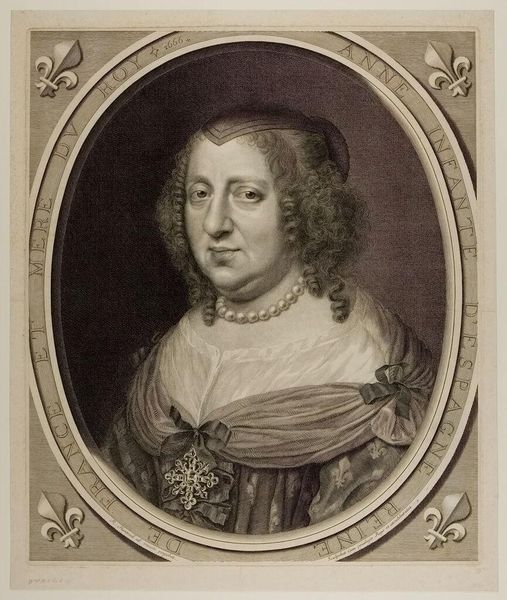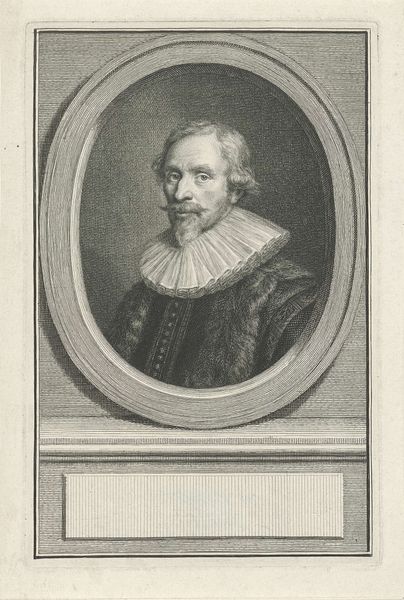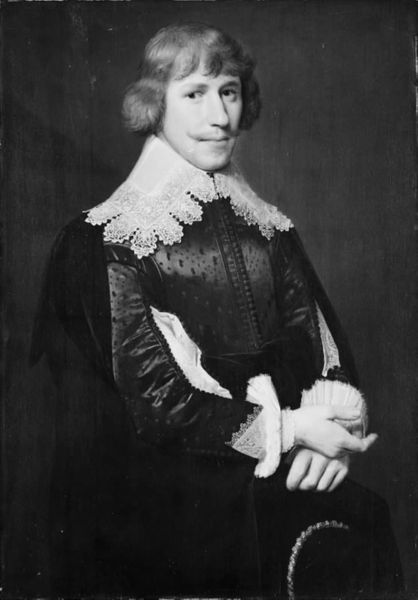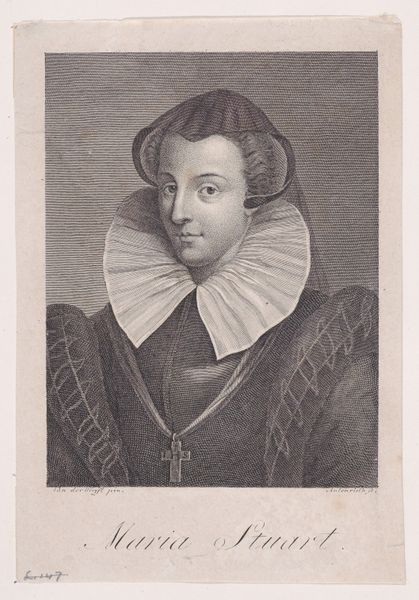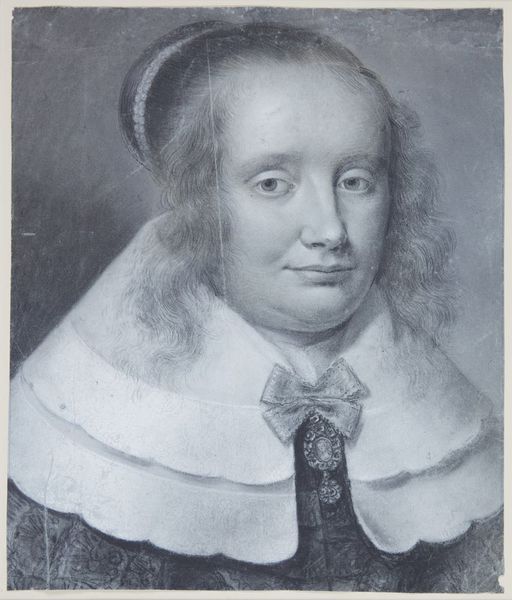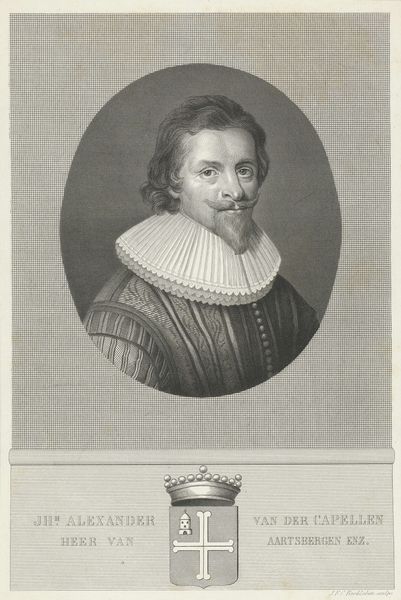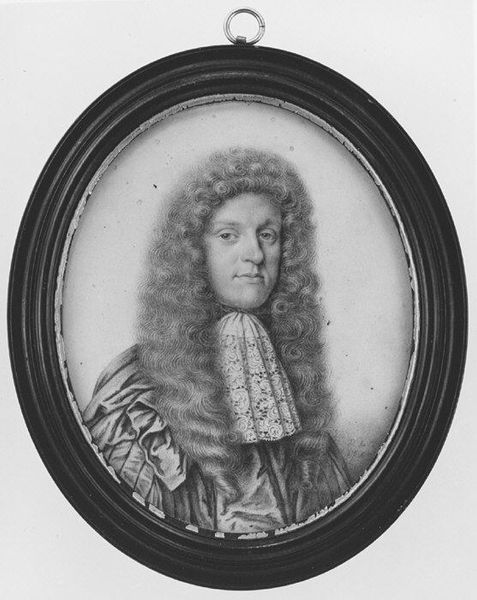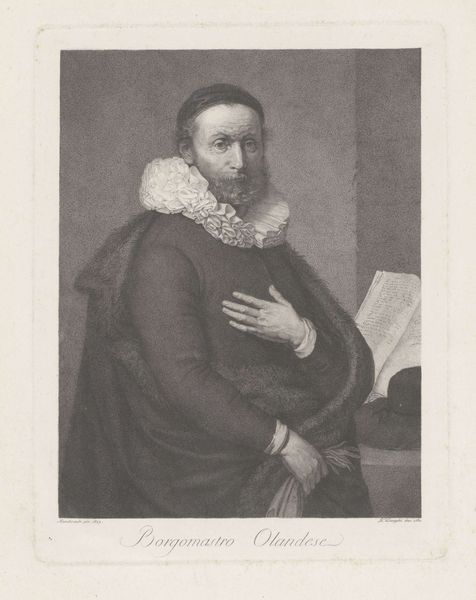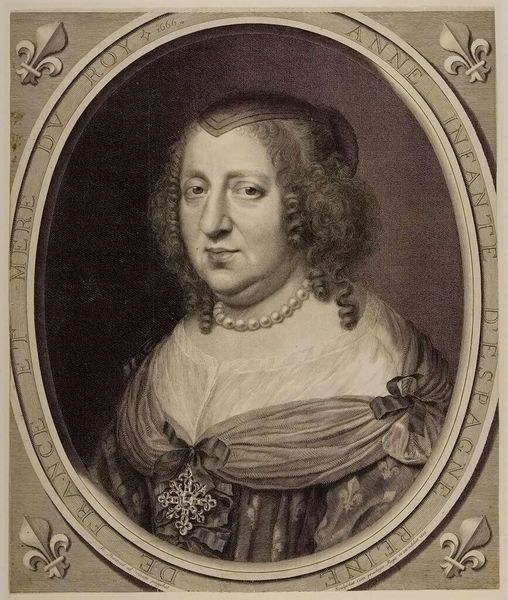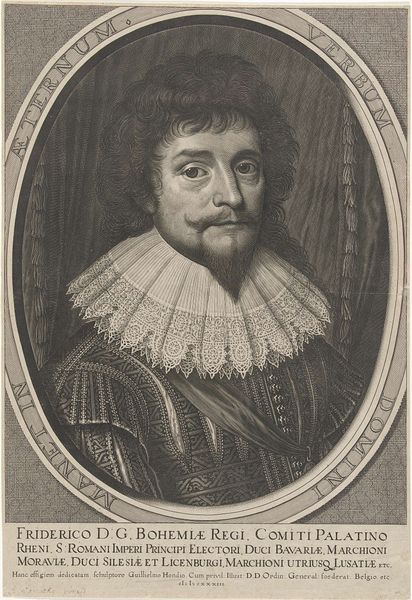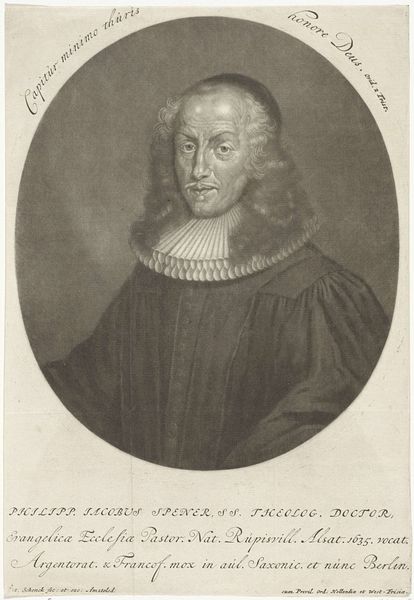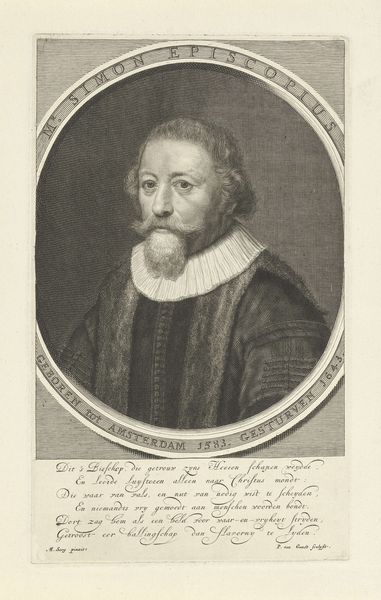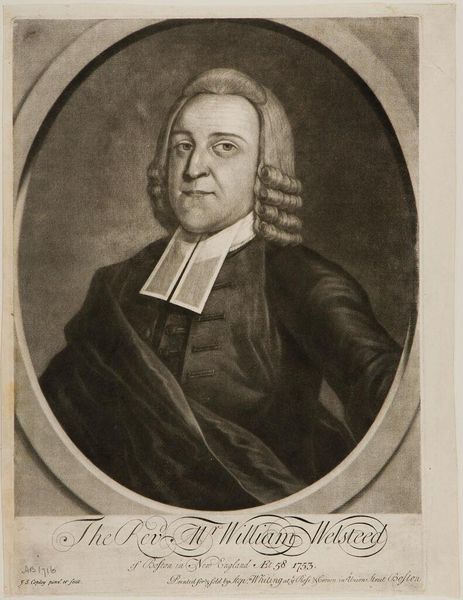
oil-paint
#
portrait
#
baroque
#
portrait
#
oil-paint
Dimensions: Oval, 3 3/4 x 3 in. (95 x 76 mm)
Copyright: Public Domain
Editor: So here we have "Portrait of a Man," an oil painting from 1627, attributed to David Baudringhien. It's at the Met. He looks... contemplative, maybe a little melancholic. How would you interpret this work, considering its historical context? Curator: This portrait, while seemingly straightforward, speaks volumes about 17th-century notions of masculinity and power. Who was allowed to be depicted? What image were they trying to project? This era witnessed shifting social hierarchies and emerging mercantile power. His gaze, that fashionable ruff, are calculated for display. Editor: Calculated how? Curator: Well, portraits weren't mere likenesses; they were strategic representations of social standing. The Baroque style emphasized grandeur, but look closer—is there also an element of vulnerability in his eyes? What does that contrast tell us about the pressures of maintaining status in that era? Editor: That's interesting; I hadn't considered the "pressure" aspect. More than just a straightforward show of status? Curator: Precisely! It raises questions about the performance of identity and the anxieties of class mobility. Do you think that the painter challenges or perpetuates those conventions through composition and artistic skill? Does this portrait adhere to, subvert, or merely exist within prevailing power structures? Editor: I suppose it's more complex than it appears at first glance, the details subtly suggesting tensions beneath the surface. Curator: Exactly. Understanding art as an active participant in these complex narratives enriches our perception. It’s not just about the man; it's about the system. Editor: I'll definitely look at these Baroque portraits differently from now on. Thanks!
Comments
No comments
Be the first to comment and join the conversation on the ultimate creative platform.
